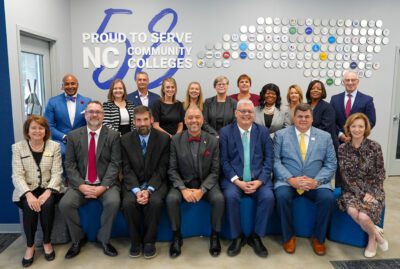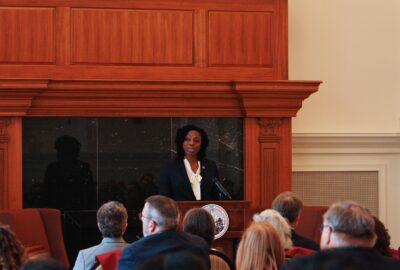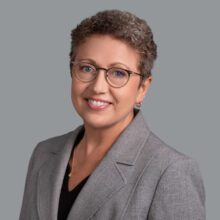
This perspective is one of two exploring the complexities of AAS (Associate of Applied Science) degree transfer in North Carolina. In this first installment, Audrey J. Jaeger, Ph.D., executive director of the Belk Center for Community College Leadership and Research, defines the problem and examines how current transfer practices affect students, institutions, and workforce development across the state.
As North Carolina experiences rapid industrial growth and significant population changes, its community colleges are playing a critical role in shaping the state’s future workforce.
Historically, students pursuing Associate of Applied Science (AAS) degrees entered the job market immediately after graduation. But today, a growing number are charting a different course — transferring to four-year institutions in pursuit of a bachelor’s degree.
This trend, however, brings new challenges, as many AAS degree holders face barriers such as lost credits and lower completion rates compared to those following more transfer-friendly Associate of Arts (AA) or Associate of Science (AS) pathways.
In our latest brief, “Applied Associate of Science Degrees: Pathways for Workforce and Transfer,” the Belk Center for Community College Leadership and Research (Belk Center) explores the significant shift in the prevalence of AAS business, information technology, and criminal justice degree holders transferring to four-year institutions instead of going straight into the workforce.
Additionally, workforce data predict an increasing demand for those pursuing careers in these fields to hold bachelor’s degrees though business, IT, and criminal justice transfer students are graduating at lower rates compared to students with other AAS or transfer degrees. Altogether, our findings point to a disconnect in the transfer process and ultimately graduation from a four-year institution.
Key points from the brief include:
- Prevalence of applied science transfers | Though AAS degrees are not specifically designed for transfer, students pursuing AAS degrees consistently make up almost 20% of all community college transfers to University of North Carolina institutions.
- Immediate transfer patterns | AAS students in business, information technology, and criminal justice are more likely to behave like typical transfer pathway students by quickly enrolling in a four-year institution, rather than directly entering the workforce.
- Lower graduation rates | AAS transfer students have lower four-year graduation rates compared to their AA/AS peers, possibly due to lost credit during the transfer process.
- Credit loss trends | On average, AAS transfer students lose almost 28 credits upon transfer to a university — a full academic year’s worth of courses and tuition costs. This can have further economic impact with having to retake courses lost during transfer, essentially paying twice to take the same course, and delaying graduation at a cost of lost wages that could have been earned if employed over that same time period.
- Regional workforce needs | These transfer challenges are timely, as workforce data indicates a growing need for bachelor’s degree holders in key fields such as business, information technology, and criminal justice occupations.
Based on these findings, the brief provides recommendations to help decision-makers across the state strengthen transfer options and set AAS students up for long-term success.
![]() Sign up for Awake58, our newsletter on all things community college.
Sign up for Awake58, our newsletter on all things community college.
Recommended reading



